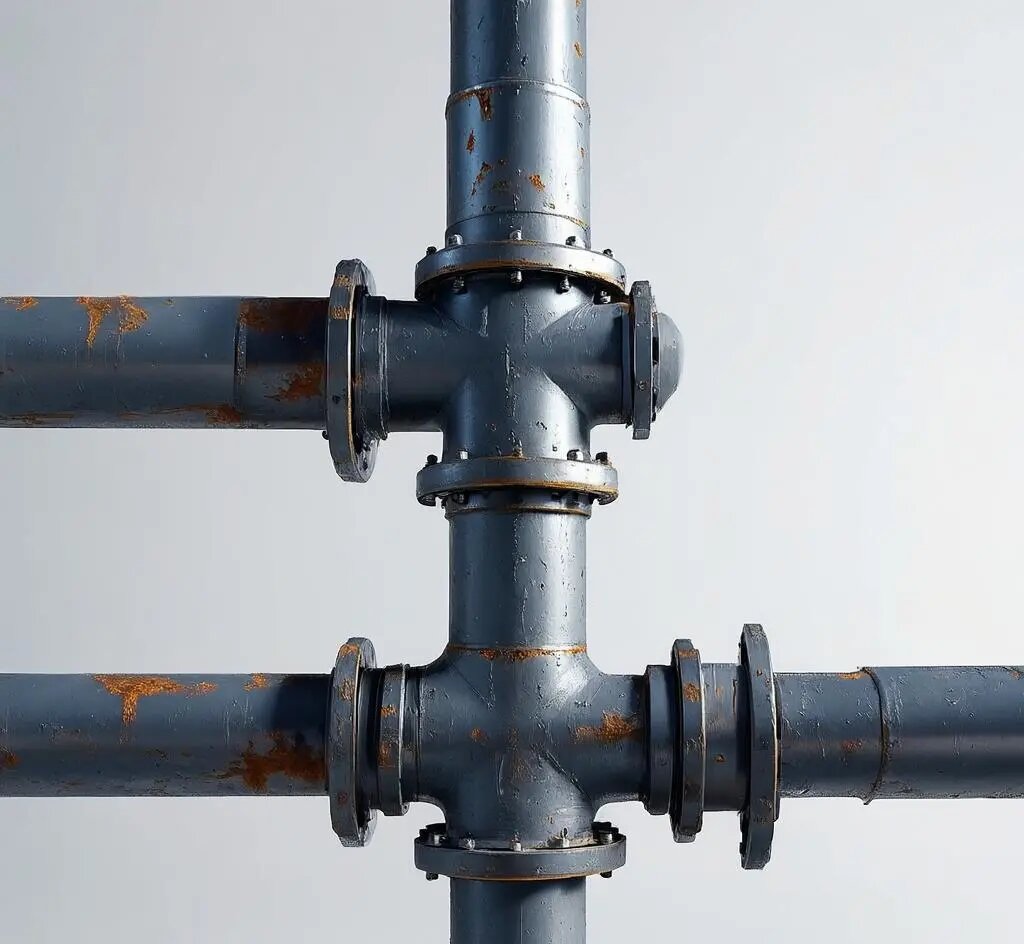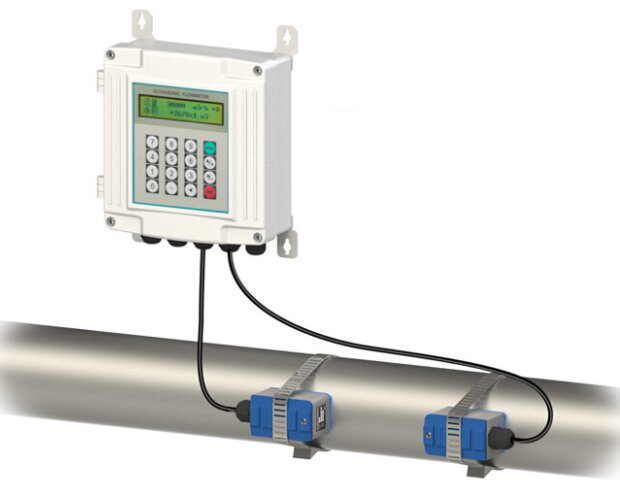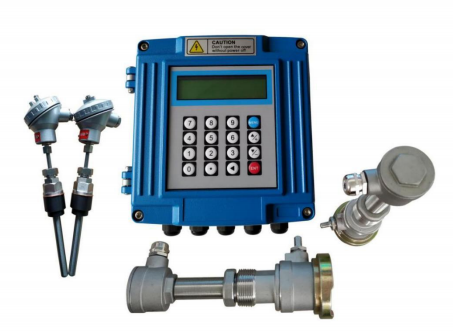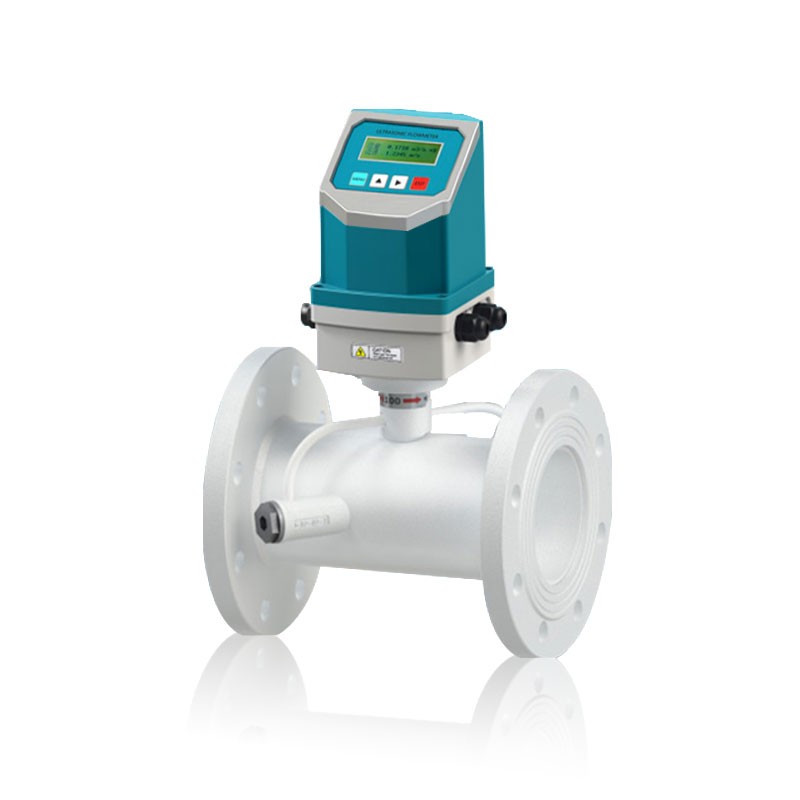Solutions-Flow Transmitter
Customer Case Study: Efficient Fluid Management with Ultrasonic Flow Gauges
In this article I’d like to share a client case related to ultrasonic flow meters.
Yesterday, my client asked me to recommend suitable flow meters for DN1200 pipeline, specifying an ultrasonic flow meter. Immediately, I suggested our clamp-on ultrasonic flow meter, highlighting its lightweight design, ease of installation, and moderate price. However, they requested information on inline ultrasonic flow meters instead. This prompted me to discuss the characteristics of the three common types of ultrasonic flow meters: clamp-on, insertion, and inline. Let me elaborate on their respective disadvantages and advantages, as well as their suitable applications.

Clamp-on flow meter
Advantages:
Non-intrusive Installation: Requires no pipeline cutting, just attaching the sensor to the outer wall of the pipeline, making installation simple and not interfering with pipeline operation.
Versatile Application: Suitable for measuring various pipeline diameters and flow rates, with low requirements for pipeline material and fluid type.
Low Maintenance Cost: No need for shutdown during maintenance, reducing production losses.
High Accuracy: Uses advanced measurement technology to provide precise flow measurement.
Disadvantages:
Signal Attenuation: For certain pipeline materials (such as severely rusted ones, lined pipes, or pipes with gaps in the inner space), the ultrasonic signal may attenuate significantly, affecting measurement accuracy.
Relatively High Price: Due to its high accuracy and convenience, the clamp-on flow meter is typically pricier than other types.

Application Scenarios:
Suitable for situations where shutdown during installation is not allowed, such as in the chemical, power, and water supply and drainage industries. It is applicable to various pipeline diameters and flow rates, especially large-diameter pipelines. It is also suitable for fluids containing moderate particles or bubbles that can reflect ultrasonic signals, like sewage.
Comparison of Clamp-on, Insertion, and Inline flow meters:
Insertion flow meter
Advantages:
No Flow Interruption: Installation does not require pipeline cutting; just drilling a hole and inserting the sensor, making installation simple.
Versatile Application: Suitable for measuring various pipeline diameters and flow rates, with low requirements for pipeline material and fluid type.
Easy Maintenance: The sensor design allows easy disassembly and replacement, simplifying maintenance.
High Accuracy: Offers high measurement accuracy, suitable for situations requiring precise measurements.
Disadvantages:
Installation Complexity: Although pipeline cutting is not needed, drilling a hole in the pipeline is required, making the installation process relatively complex.
Influence on Fluid Flow State: The sensor inserted into the pipeline may be affected by the fluid flow state, causing measurement errors.
Measurement Accuracy Limitation:Compared to other types, its measurement accuracy may be slightly lower.

Application Scenarios:
Suitable for situations where shutdown during installation is not allowed, such as in the chemical, power, and water supply and drainage industries. It is applicable to large-diameter pipelines or complex flow fields, such as uneven fluid velocity distribution within the pipeline or complex fluid compositions. It is suitable for measuring the flow of various conductive liquids, especially liquid-solid two-phase flows and high-viscosity liquids.
Inline flow meter
Advantages:
High Accuracy: Offers high measurement accuracy, suitable for situations requiring precise measurements.
Good Stability: Due to the transducer and measurement tube being integrated, measurement stability is excellent, with little external interference.
Versatile Application: Suitable for measuring various pipeline diameters and flow rates, with low requirements for pipeline material and fluid type.
Disadvantages:
Pipeline Cutting Required: Installation requires pipeline cutting, making the process relatively complex and requiring shutdown.
Higher Cost: Due to the need for pipeline cutting and transducer installation, the cost is usually higher than other types.
Maintenance Difficulty: Maintenance requires pipeline cutting, increasing difficulty.

Application Scenarios:
Suitable for situations requiring high measurement accuracy, such as in the chemical, power, and water supply and drainage industries. It is applicable to situations requiring long-term stable operation and high measurement accuracy. It is suitable for measuring various pipeline diameters and flow rates, especially large-diameter pipelines or complex flow fields.
Summary
Clamp-on flow meters are suitable for situations where shutdown during installation is not allowed, high measurement accuracy is required, and there are low requirements for pipeline material and fluid type.
Insertion flow meters are suitable for situations where shutdown during installation is not allowed, high measurement accuracy is required, and there are low requirements for pipeline material and fluid type, especially for large-diameter pipelines or complex flow fields.
Inline flow meters are suitable for situations requiring extremely high measurement accuracy, long-term stable operation, and low requirements for pipeline material and fluid type, but with higher installation and maintenance costs.
When selecting a flow meter, various factors should be comprehensively considered based on actual needs and scenarios to ensure the accuracy and reliability of measurement results.
RELATED NEWS
- Technical Introduction of Reverse Flushing Flow Meter 2025-06-12
- Liquid Level Switch, Level Meter And Liquid Level Transmitter 2025-05-22
- Troubleshooting Methods for Electromagnetic Flowmeters 2025-04-28
- Understanding the Basics of Groundwater Quality Monitoring Data 2025-04-15
- Capacitive Level Gauges vs. Self-Powered Level Gauges 2025-03-19
CATEGORIES
LATEST NEWS
CONTACT US
Contact:Roxy Deng
Phone:+8617794001501
Tel:+8617794001501
Email:roxy@besteetech.com
Add:Weibin District, Baoji, Shaanxi Province, China
 Roxy Deng
Roxy Deng Roxy Deng
Roxy Deng